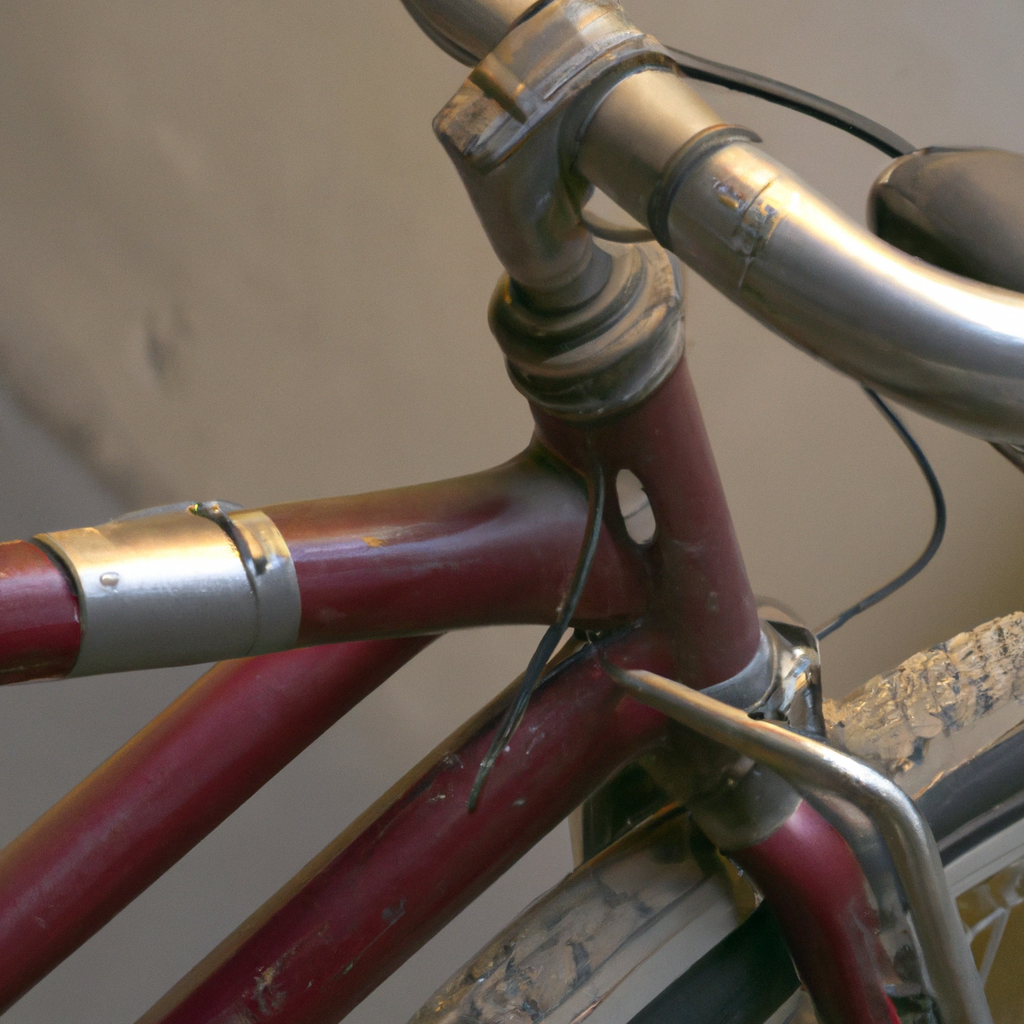Bicycles have been around for over 200 years, but how do they actually work? It’s a simple question, but the answer is complex. A basic understanding of cycling mechanics and technology is necessary to comprehend how these machines operate. This article will provide a detailed explanation of how a bicycle works, from the frame to the wheels to the pedals, gears, and brakes.
The Frame and Wheels
The frame is the backbone of the bicycle, and it serves as the foundation for all other components. It is typically made of steel, aluminum, or carbon fiber. The wheels are attached to the frame, and they consist of a hub, spokes, and a rim. The hub is the center of the wheel, and it contains the bearings that allow the wheel to spin freely. The spokes connect the hub to the rim, and they provide support for the weight of the rider and the bike. The rim is the outer part of the wheel, and it is where the tire is attached.
Pedal Power
The pedals are attached to the crank, which is connected to the chainring. The chainring is a circular metal disk with teeth on the outside, and it is located at the front of the bike. As the rider pedals, the chainring rotates, and the chain moves along with it. The chain is connected to the rear wheel through the cassette, which is a set of gears located on the rear wheel. The cassette has teeth of different sizes, which allows the rider to change gears and adjust the level of resistance.
Gears
Gears allow the rider to control the level of resistance when pedaling. The smaller the gear, the easier it is to pedal, but the slower the bike goes. The larger the gear, the harder it is to pedal, but the faster the bike goes. Gears are controlled by the shifters, which are located on the handlebars. When the rider shifts gears, the derailleur moves the chain from one gear to another. The derailleur is a metal device that is located near the cassette, and it moves the chain by tilting the chain to one side or the other.
Handlebars
The handlebars are attached to the stem, which is connected to the fork. The fork is the part of the bike that holds the front wheel in place. The handlebars allow the rider to steer the bike, and they also provide support for the rider’s hands. The brake levers are located on the handlebars, and they control the brakes.
Brakes
The brakes are located on the wheels, and they allow the rider to slow down or stop the bike. There are two types of brakes: rim brakes and disc brakes. Rim brakes are located on the rim of the wheel, and they work by squeezing the rim between two brake pads. Disc brakes are located on the hub of the wheel, and they work by squeezing a metal disc between two brake pads.
Cycling Technology
Cycling technology has come a long way since the first bicycle was invented. Today, there are many different types of bikes, each with its own unique features. There are road bikes, mountain bikes, hybrid bikes, and more. There are also many accessories that can be added to a bike, such as lights, fenders, and racks.
Conclusion
In conclusion, a bicycle works by converting the rider’s pedal power into forward motion through a complex system of gears, chains, and wheels. The rider controls the bike through the handlebars, which are connected to the fork and the frame. The brakes allow the rider to slow down or stop the bike, and cycling technology has made it possible to create many different types of bikes with unique features. Understanding the mechanics of a bicycle can help riders better appreciate the technology that goes into these amazing machines.







